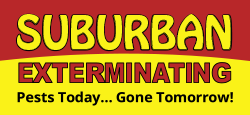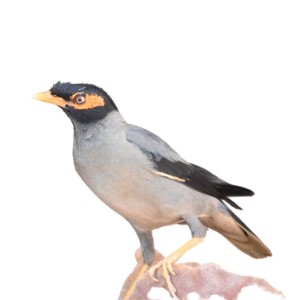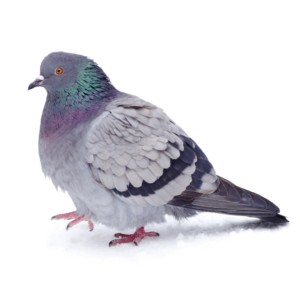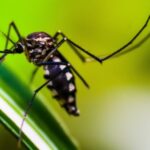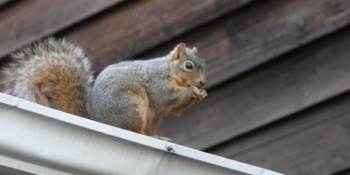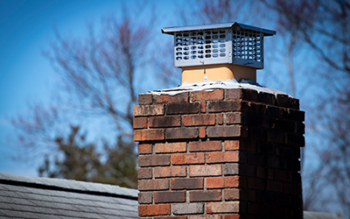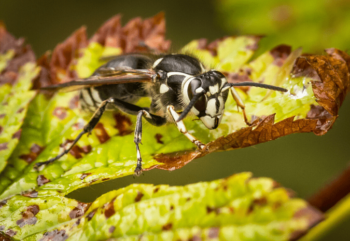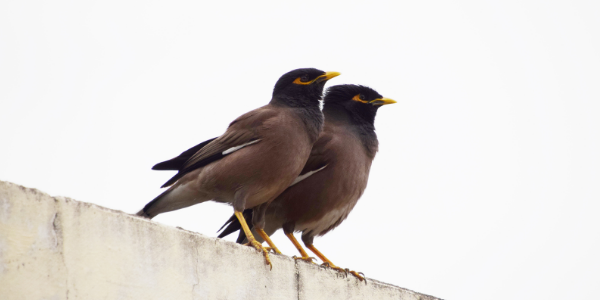
Along with common household pests like ants, roaches, and spiders, there are several nuisance birds that Long Island homeowners invading their homes, damaging their property, and leaving behind unwanted droppings. Here’s a breakdown of the top three nuisance birds on Long Island, as well as some tips to prevent and eliminate them when they show up on your property.
Finches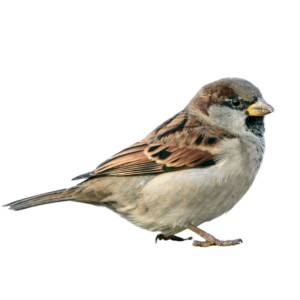
One of the most common pest birds on Long Island is the house finch, which is most often seen in suburban and rural areas with convenient access to foods like seeds, grains, worms, and occasionally insects. On your property, you’re likely to see finches near your bird feeders (where they’re known to aggressively attack other bird species), garbage cans, or in your garden. Common nesting locations for finches may include directly on your home’s structure, in gutters, vents, chimneys, or roof overhangs.
Damage-wise, finches’ nests can actually clog your home’s gutters and vents, and even damage your air conditioning unit. Their droppings, which can build up on the ground or surfaces around them, can not only cause slips and falls but can also be corrosive, causing damage to your home’s structure. Like other birds, too, finches introduce parasites such as ticks and bird mites onto your property, which can be passed along to your family and pets.
Mynas 
Like finches, mynas are also a pest bird common to suburban and rural areas, where they live most comfortably in a location where they can roost and nest on a property with nearby access to food and water. Usually, mynas are found nesting in gutters, eaves, and pipe systems of the Long Island properties they invade. Interestingly, you’re most likely to see a pair of myna birds, as they mate for life.
Myna birds are known to contaminate Long Island properties with their droppings, however, they can also introduce ticks and bird mites, just as finches are known to do. Mynas also frequently damage HVAC systems, calling for costly repairs.
Pigeons 
Pigeons are an incredibly common pest bird Long Island homeowners deal with, as these nuisance birds love living in close proximity to humans; this gives them the most convenient access to food, water, and shelter! Because they prefer to feed on seeds, grains, and pet food, they’re often seen near trash cans and dumpsters, but they’ll eat almost anything they can find.
Pigeon damage is similar to that of finches and mynas; pigeon droppings contain uric acid which is corrosive enough to cause damage to metal surfaces. They’re also known to back up gutters and drainage systems with debris and cause mechanical failures in HVAC units.
Protect Your Long Island Property from Nuisance Birds
If you’re dealing with a nuisance bird issue on your Long Island property, the most effective way to get rid of the problem is to call in the pros—Suburban Exterminating. Our team understands how much of a nuisance pest birds can be and how much damage they can cause to your property, which is why we start with a thorough inspection to identify the problem, followed by preventative measures and ongoing monitoring and maintenance to prevent future issues.
For help with your bird problem, call or text (631/516) 864-6900.
